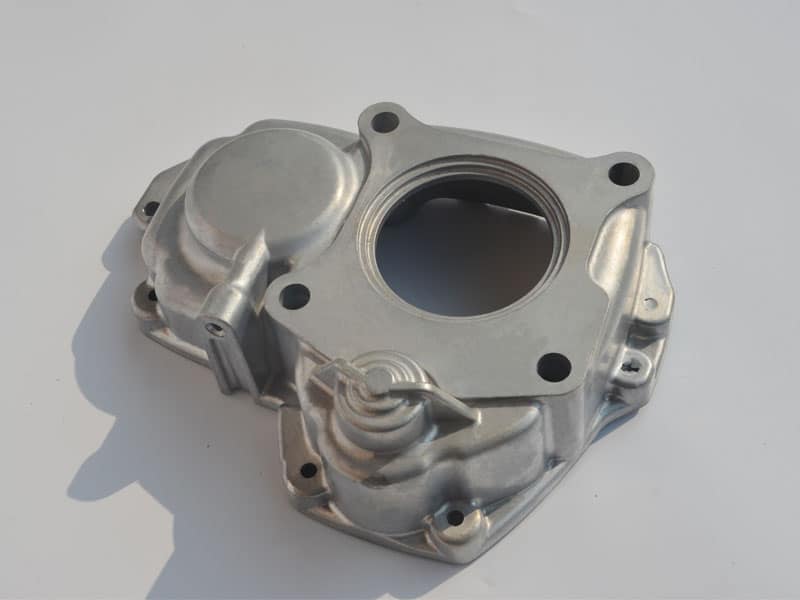What tools are used in the production process of aluminum alloy die castings?
- Grinding and polishing adopt vibration grinding machine, centrifugal polishing machine and other equipment, use grinding stone, abrasive, water, etc. in the process of vibration (rotation), to rub against the die casting to achieve the effect of deburring and polishing the surface.
- Shape correction When the casting is deformed due to solidification shrinkage, ejection deformation or edge trimming, it is necessary to correct the shape of the deformed casting. The shape correction needs to be corrected manually with a mallet or with a hydraulic press through measuring instruments and fixtures. Correction.
- Shot blasting of aluminum alloy die castings
Under the action of the shot blasting wheel, the projectile hits the surface of the casting, causing it to absorb the kinetic energy of the moving projectile and produce plastic deformation, showing residual compressive stress, thereby improving the surface strength of the casting, not afraid of lack of strength, and achieving the purpose of cleaning and cleaning.
- Sand blasting uses purified compressed air to strongly spray the quartz sand flow onto the surface of the casting, using impact and friction to remove impurities such as burrs, oxide scales, and dirt from the casting. Clean the surface of the casting and roughen the surface to improve the bonding force between the coating and the substrate.
Complex aluminum alloy die-casting parts, such as cylinder heads, cylinders, crankcases, and wheel hubs for motorcycles and automobiles, are mass-produced by low-pressure casting, which not only saves metal materials and energy, but also makes it easy to manufacture equipment and molds, and the castings are of high quality. Tissue dense. The solidification of low aluminum alloy die castings is carried out from top to bottom. The part away from the gate solidifies first, and then gradually moves towards the gate, and the gate solidifies. In this way, the casting can pass through the feeding of the hot metal liquid in the riser at the lower part of the gate, so as to obtain a dense structure, no shrinkage cavity, and loose aluminum alloy die-casting. In order to meet the requirements of sequential solidification of the above-mentioned low aluminum alloy die castings, it is necessary to make the temperature of the inlet and outlet of the riser tube higher than the temperature of the gate and higher than the temperature of the cavity. We adopted the method of adding an automatic heating and temperature control device at the inlet and outlet of the riser to solve the key problems encountered in the low-pressure casting of complex aluminum alloy die-casting parts. The practice of continuous mass production has proved that the device is simple and practical.

